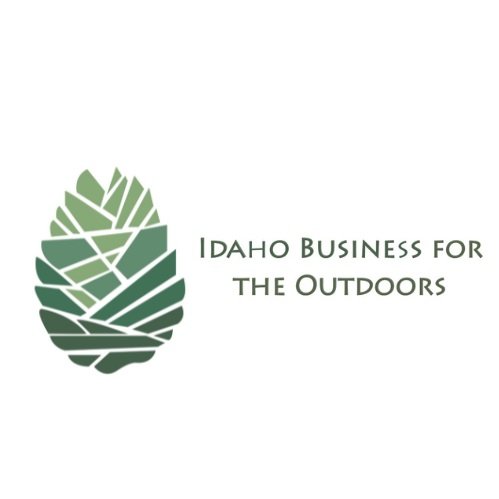Backcountry Recreation and Public Lands
“We can all find common ground on our public lands.”
Public land has been making news lately as lawmakers at the state and federal level argue over who should manage public land and whether or not it should remain public.
We wanted to get those who rely on these public lands for their livelihood and recreation to share their thoughts, which is why we asked Jack Hurty, Salmon and Steelhead coordinator for the Idaho Outfitters and Guides Association, and Ed Rebman, co-chair for the southwest Idaho chapter of Backcountry Hunters and Anglers, to join us for a Learn Over Lunch discussion about public lands and the important role they play in the Idaho economy and the Idaho way of life.
You can listen to that in its entirety here. Below are few key insights from the discussion:
The quality and the quantity of our natural resources and regulations for the outfitting and guiding industry makes Idaho unique for backcountry recreation. It also puts more pressure on our outdoor resources as the population grows and more visitors come to our state to hunt, fish, and recreate.
An outfitting operation can be a stable economic driver for rural communities, bringing millions of dollars through the purchase of gas and equipment, paying wages, and buying goods and services.
It’s difficult to track and measure the full economic impact of outdoor recreation, especially in the backcountry. There’s no central organization tracking this valuable information. The best studies rely on surveys to gather data.
IOGA has been doing an economic impact study for the past several years, includes non-outfitted activities like skiing, and the outdoor recreation industry is one of the top 3 industries in the state.
The most recent data is that outdoor recreation generates $7.8 billion dollars annually for Idaho and results in 78,000 direct jobs for residents.
The vast majority of public land in Idaho is federal public land, mostly managed by the U.S. Forest Service or the Bureau of Land Management. Approximately 95% of outfitting happens on federal public lands.
There are ways to improve management and generate revenue without transferring ownership or selling public lands to private parties. Examples include the EXPLORE Act, the Trail Stewardship Act , and the Good Neighbor Authority.
Public opinion matters. When a company tried to buy 28,000 acres of state endowment land around McCall, public pressure stopped the sale.
Access to the outdoors motivates young, educated people to live and work in Idaho. Applying this understanding to policy decisions not only drives better outdoor preservation outcomes, but better economic outcomes for the state of Idaho and its businesses.
If there’s one takeaway from this discussion, it’s that we’re all trying to get to the same goal, whether it’s better management, more access, or better utilization of resources. If we can work from the end goal and not be partisan about it, we can become much, much more effective. It doesn’t have to be one side versus the other or state versus federal. We can engage with each other and work together. We can find solutions for everybody and not just focus on one side trying to win, because when the debate over public lands becomes partisan, public lands lose.
